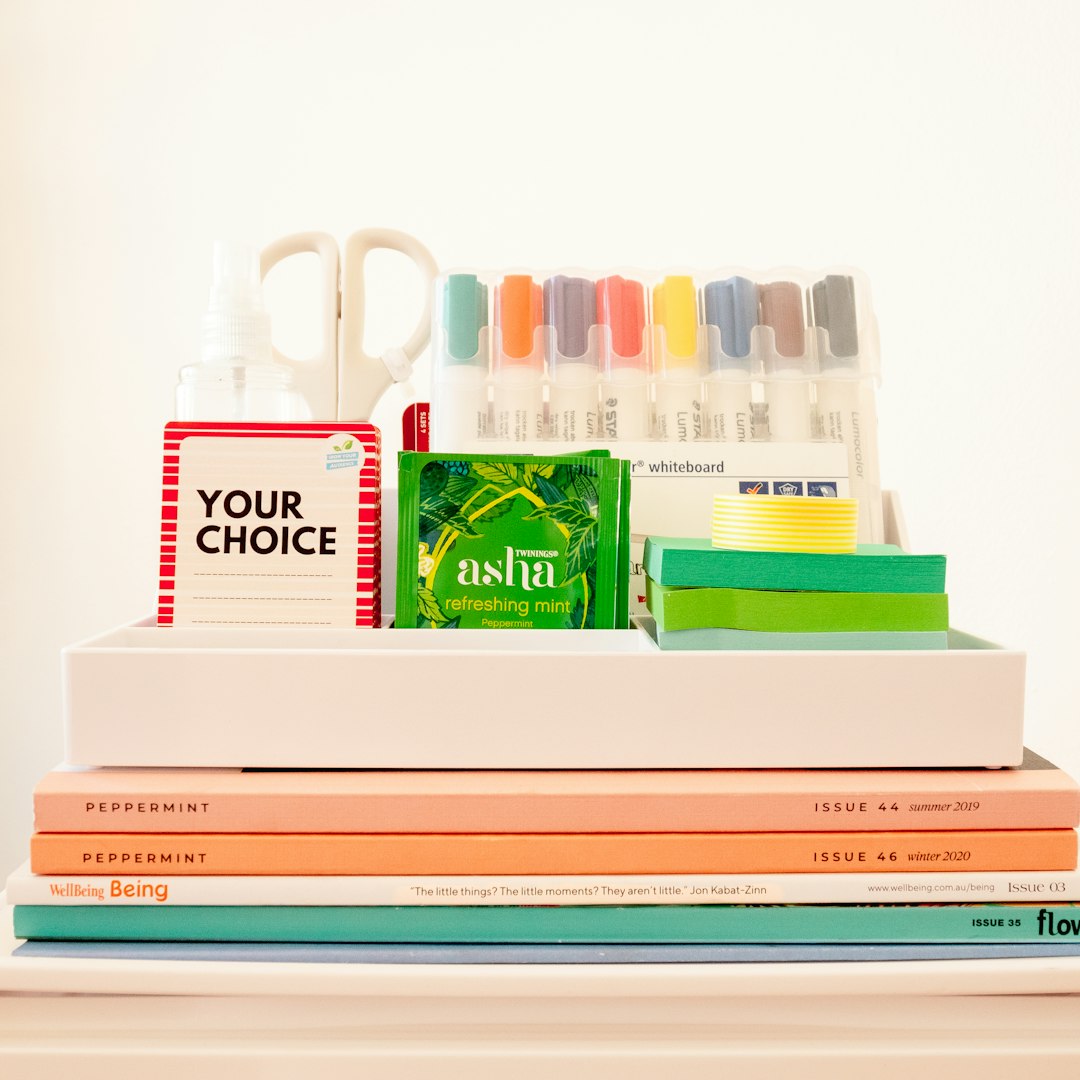Achieving organized living spaces begins by understanding root causes of disorganization, such as item accumulation and lack of storage. Common issues like excess clothing and inadequate shelving contribute to clutter, which can be addressed through strategic storage solutions, minimalism goals, and mindful acquisition. Home organization and decluttering create serene, functional areas, reduce stress, and improve mental well-being, especially for those dealing with conditions like hoarding or ADHD. Adopting simple practices like designated storage and regular sorting fosters order, enhancing overall home organization efforts.
Unraveling the chaos in your living spaces is the first step towards creating a serene and organized home. This article guides you through the process of transforming disarray into harmony, focusing on understanding the root causes of clutter and mess. We’ll explore psychological factors influencing chaotic environments and provide practical strategies, including minimalism, storage solutions, and regular decluttering routines, to help you maintain order long-term. Discover how simple adjustments can lead to a more peaceful and functional home.
- Understanding the Chaos: Uncovering the Root Causes of Disorganization
- – Identifying common sources of clutter and mess
- – Psychological factors contributing to chaotic spaces
Understanding the Chaos: Uncovering the Root Causes of Disorganization
Understanding the Chaos is a crucial step in achieving organized living spaces. Disorganization often stems from various factors, and uncovering these root causes can help in implementing effective solutions. In many cases, clutter and chaos are results of accumulated items over time, lack of storage solutions, or poor decision-making habits regarding possession retention.
Home organization and decluttering become more manageable once you identify the specific reasons behind the disarray. For instance, a cluttered bedroom might be due to an abundance of clothing, inadequate shelving, or a tendency to keep items without clear purpose. Addressing these issues—whether through strategic storage, setting realistic minimalism goals, or adopting a more thoughtful approach to acquiring new possessions—is key to transforming chaotic spaces into serene and functional areas.
– Identifying common sources of clutter and mess
Clutter and mess often stem from various sources within our homes, and identifying these common culprits is a pivotal step in the journey to organized living spaces. One significant factor is the accumulation of items over time—a result of our constant acquisition of new possessions. From spare keys and mail on countertops to forgotten toys and piles of clothing, these small additions can quickly transform into overwhelming clutter if left unaddressed.
Another prevalent source of chaos is a lack of designated storage solutions. Without proper places for things to go, items end up scattered, making it hard to keep surfaces clear and organized. Implementing simple storage systems like labeled boxes, baskets, or shelves specifically designed to hold similar items can significantly reduce clutter. Home organization and decluttering involve recognizing these patterns and putting strategies in place to minimize the impact of common sources of mess.
– Psychological factors contributing to chaotic spaces
The psychological connection between chaos and our living spaces cannot be overlooked in the quest for organized living. Cluttered environments often reflect an individual’s mental state, where a disorganized home might symbolize feelings of overwhelm or uncertainty. This is especially true for those with hoarding tendencies or conditions like Attention Deficit Hyperactivity Disorder (ADHD), which can make it challenging to maintain order. The act of decluttering becomes therapeutic, offering a sense of control and calmness as spaces are transformed from chaotic to serene.
Home organization goes beyond aesthetics; it’s about creating an environment that supports mental well-being. A tidy space promotes focus and reduces stress levels, making daily routines more manageable. By implementing simple practices like designated storage areas, regular sorting sessions, and embracing minimalism, individuals can reclaim their living spaces and foster a sense of order that spills over into other aspects of life. This process empowers folks to take control and cultivate a healthier relationship with their belongings, ultimately improving overall home organization and decluttering efforts.
Taming chaos and achieving organized living spaces starts with understanding its root causes. By identifying common sources of clutter, such as excessive possessions or lack of designated storage, and addressing psychological factors like emotional attachment to items, you can begin the journey towards a more peaceful and efficient home environment. Incorporating effective decluttering techniques and adopting a systematic approach to organization will not only transform your living space but also bring a sense of calm and control into your daily life. Embrace the power of organized living—it’s not just about aesthetics; it’s about reclaiming your personal sanctuary from chaos.



